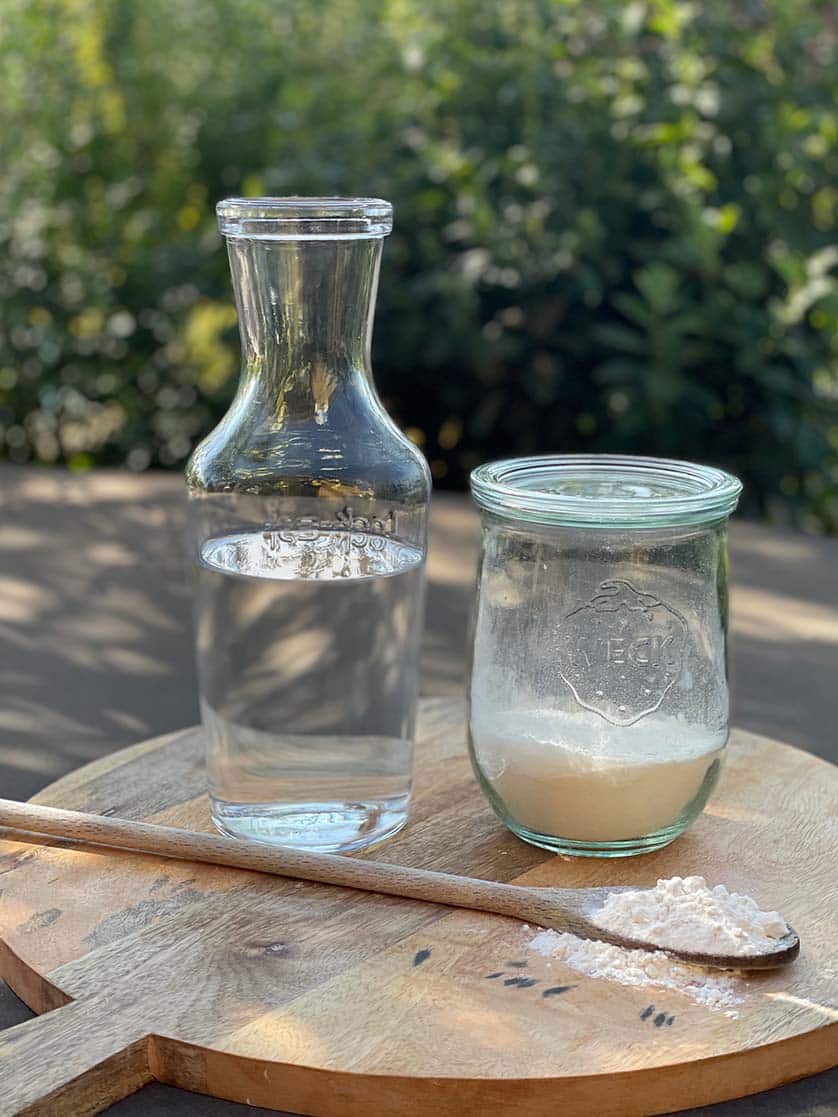It might be so that many bakers’ stories began during COVID. So did mine. I launched my sourdough starter and made the first loaf right around April 2020.
At first, I had beginner’s luck, but as I baked on, the quality and consistency of my bread left much to be desired. Upon reflection, I can definitively say that it was one thing and one thing only that helped me take control, and that was mastering the bread-making temperatures.
What I mean are the temperatures recorded during the process before the loaf gets into the oven, especially the temperatures that define its fermentation.
To provide guidelines for recommended fermentation conditions, most recipes use the desired dough temperature (DDT). The prescription ranges between 24ºC and 27ºC, with 25ºC often viewed as an ideal temperature (excluding some sweet breads, like croissant or brioche, as they ferment at 20ºC-21ºC).
The DDT is recorded right after the mixing stage (aka dough strengthening) and right before leaving the loaf to ferment (aka bulk fermentation). We shall talk more about the baking stages in our forthcoming conversations, however, with regards to temperatures, not all ingredients are made equal. For its ability to cool off or warm up quickly, it is definitively the water that is most suitable for the task of managing the temperature.
Generally, if you can drink water from the tap, you can use it for making bread. However, temperature-wise, what comes from the tap might be far from optimal. Experience shows that it is very easy to miss the ideal temperature window, especially when baking in warmer climates.
The dough can quickly surpass its DDT even before strengthening, requiring bakers to improvise. To correct a high DDT, the first option is to control the fermentation environment, i.e., use a cooler spot in the kitchen, or, even better, a special dough proofing chamber.
The second option calls for the adjustment of the baking schedule, namely shortening the fermentation cycle for the warmer dough, and lengthening it for the cooler one.
French bakers use a slightly different, but equally helpful, way of looking at the temperature. They believe that the sum of flour, air (room temperature) and water should add up to 60ºC in the summer and 64ºC in the winter. So, using the summer guidelines, if temperature of the flour measures at 22ºC and the air is at 25ºC, this leaves 13ºC for the water. This can be easily achieved by adding an ice cube or by cooling the water in the freezer, and it gives bakers the upper hand in managing fermentation.
Another important indicator in bread making related to water is the dough hydration. Expressed in percentages like 62% or 75%, it represents the amount of water that flour can absorb and is derived as a ratio of the total weight of water to the total weight of flour (500 gr water/700gr flour = 71% hydration).
All seems clear, if not for the small caveat that the absorptive capacity of flour varies even within the same type, from bag to bag, or producer to producer.
Furthermore, hydration can also be affected by the amount of water present in some leavenings, like sourdough starter, and even by the levels of humidity in the environment. Try baking in Asia!
As a result, the hydration percentage should only be viewed as an informed guideline rather than a steadfast number. In general, every baker should aim to develop their own feel for when hydration is right, based on the behaviour of the environment and ingredients at their disposal. A good starting habit, however, is to add water in two steps, reserving 10% from the total amount, and adding it gradually should it be required.
See you next time …
By Dr. Irina Mikhailava
|| features@algarveresident.com
Dr. Irina Mikhailava, a chef and a good food champion, happily residing in the Algarve and eating all over the world with an appetite for learning, sharing and writing. Instagram: incompanyoffood




















